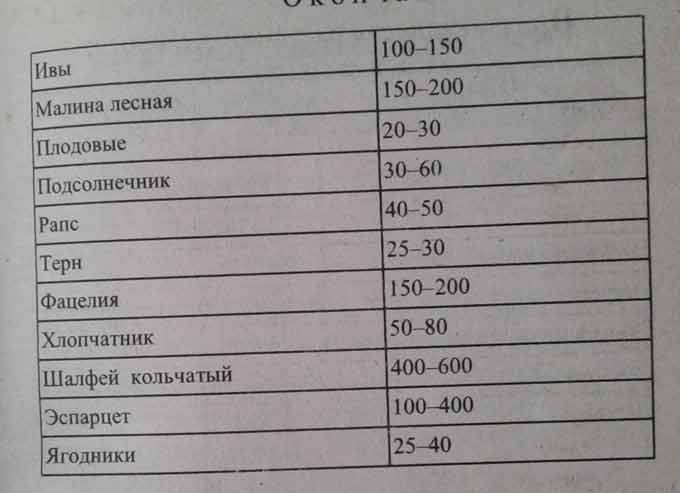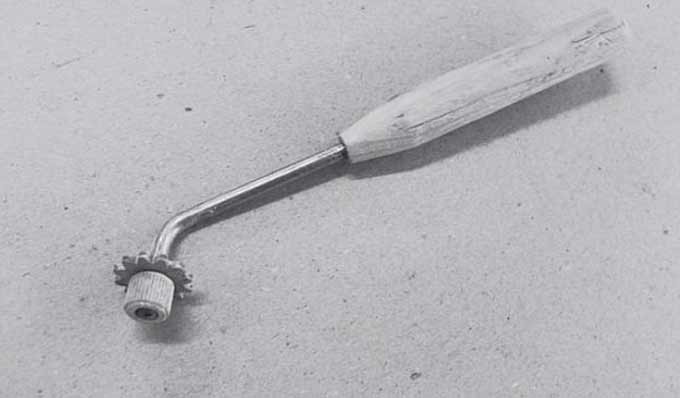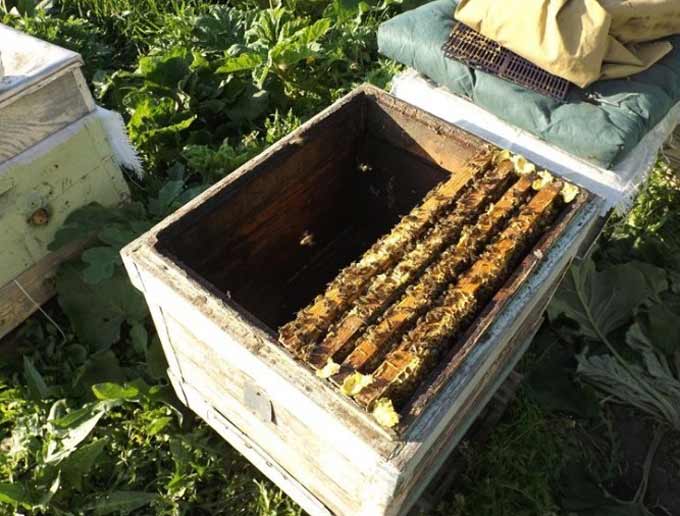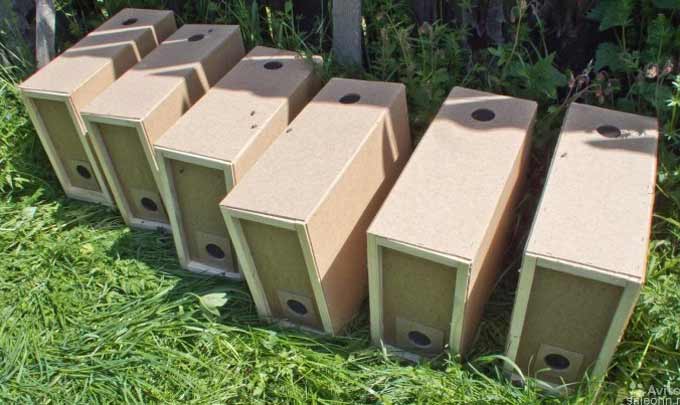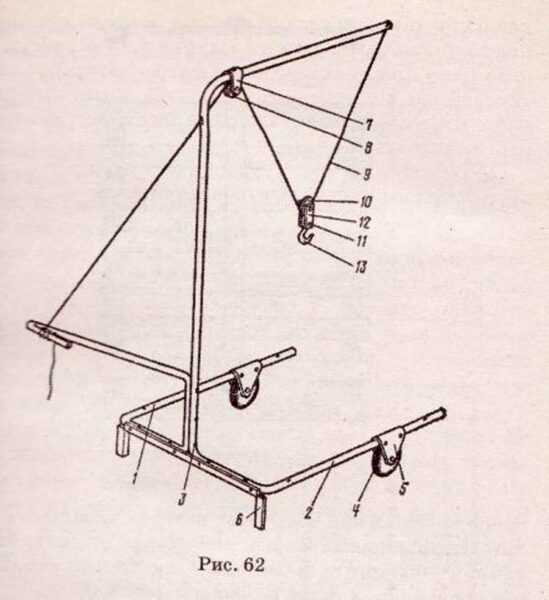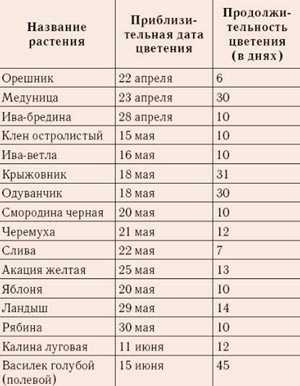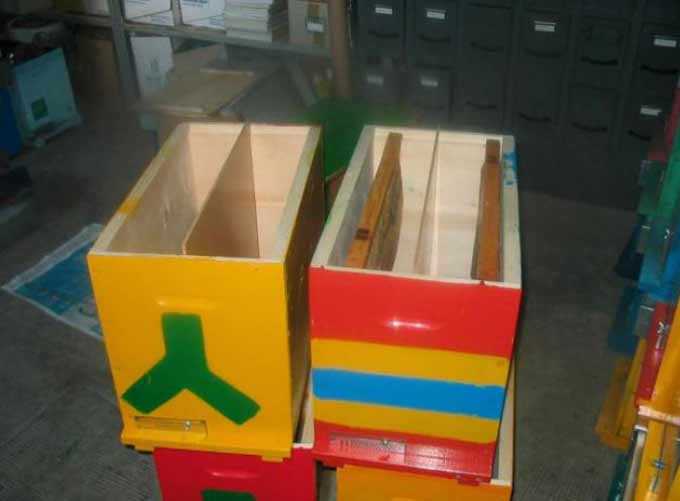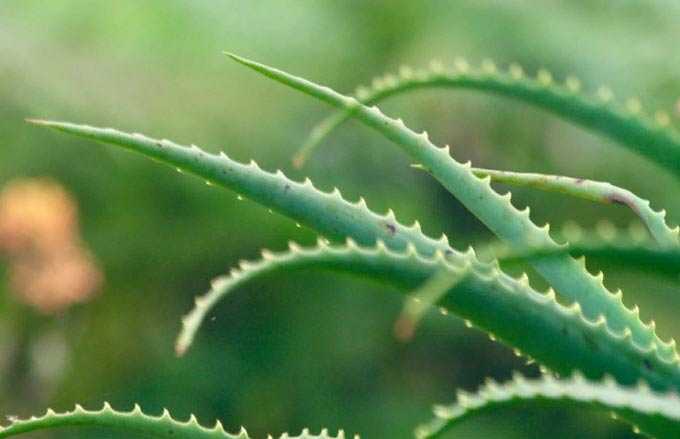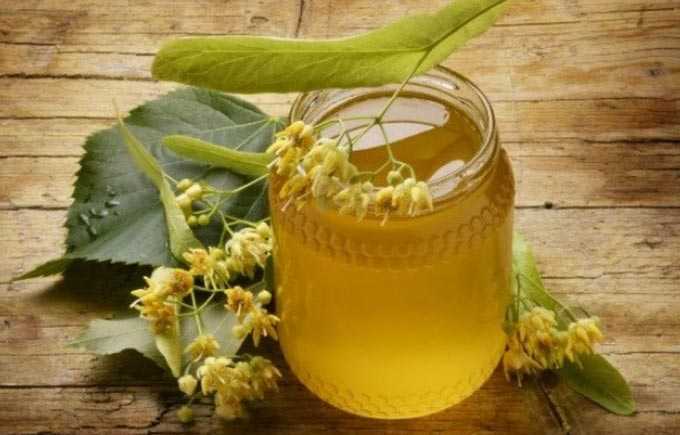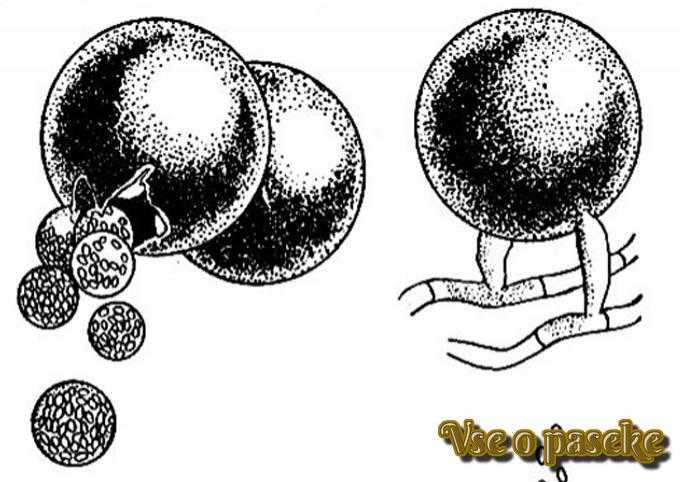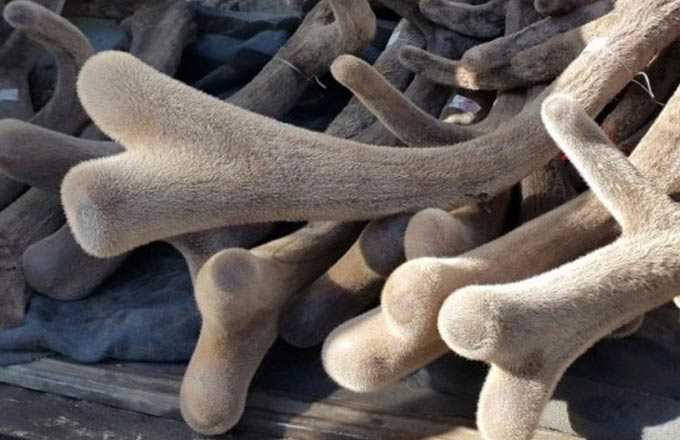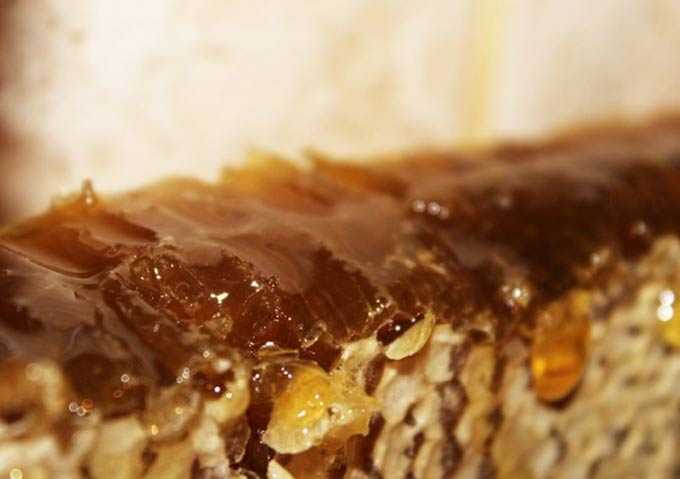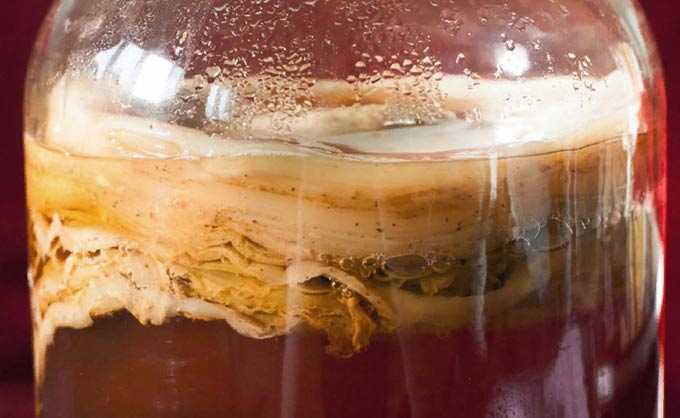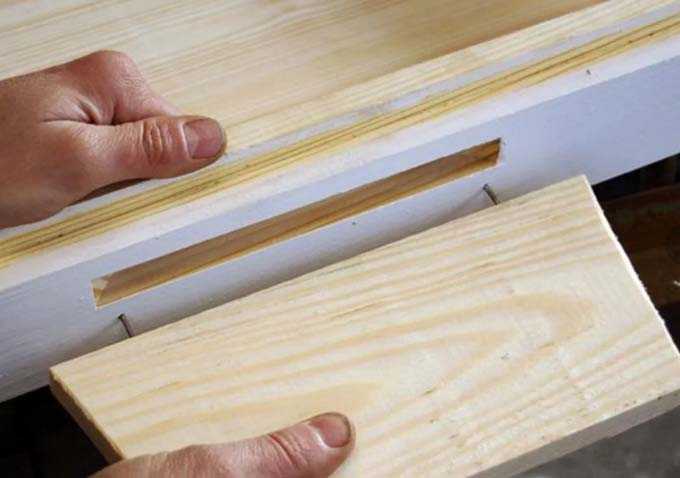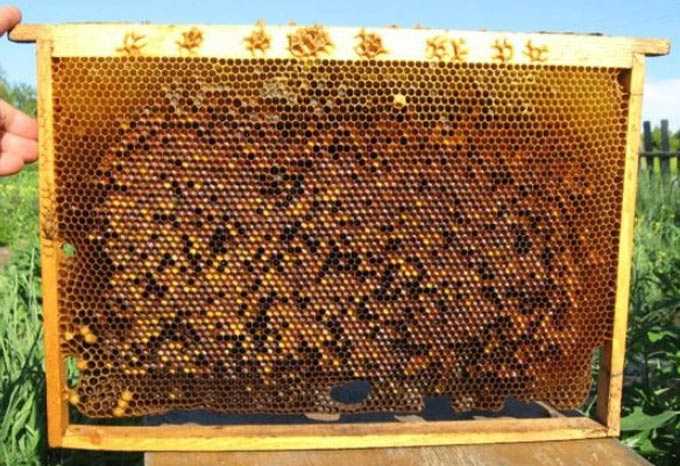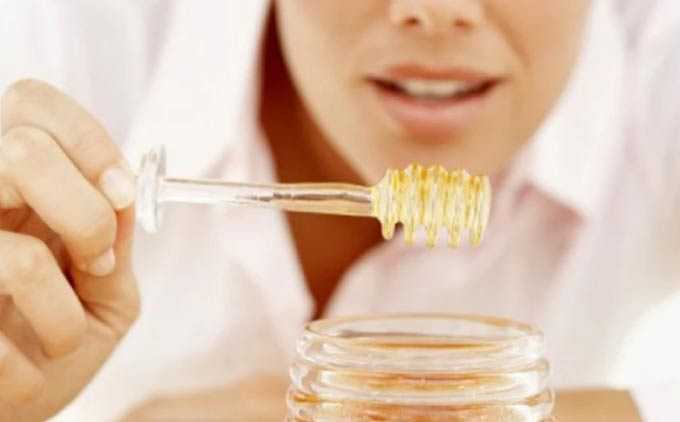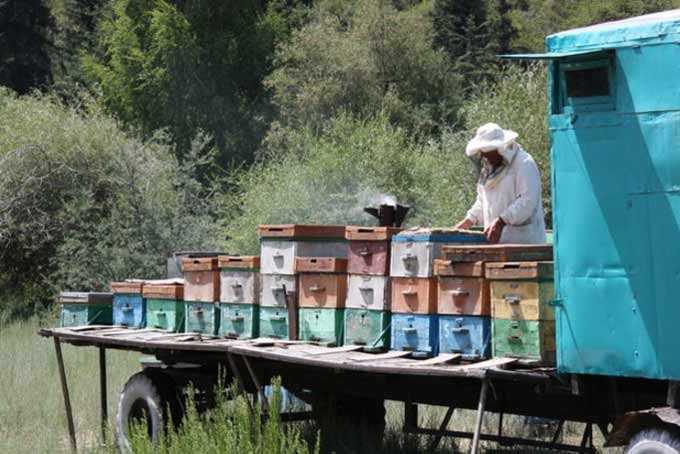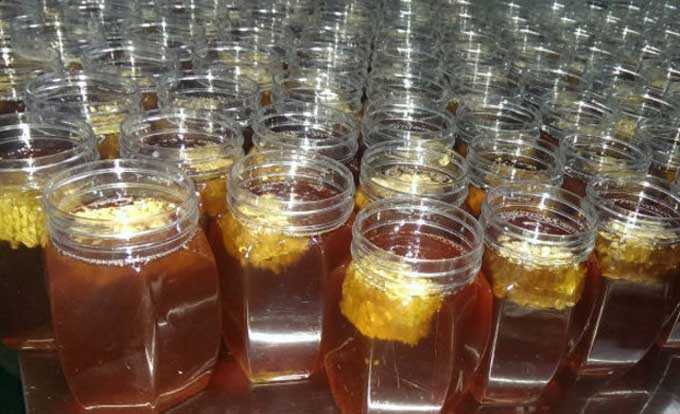A small apiary located in a country house or a personal plot is the dream of many owners. However, it can be difficult to decide to start it – for a beginner, beekeeping seems to be an extremely difficult occupation, which must be studied at a university.
In addition, it is traditionally believed that this is not a woman’s craft, because hives and frames with honey weigh a lot, and the inventory requires carpentry skills. For this reason, many gardening, horticultural and floriculture enthusiasts believe that getting homemade honey is too much for them.
The content of the article
- 1 Who can keep an apiary
- 2 Secrets of success
- 3 How to choose the right place
- 4 What type of hive to choose
- 5 Beehive material
- 6 Necessary inventory
- 7 Buying bees
Who can keep an apiary
But as practice shows, anyone who is gifted with observation, dexterity and discretion can successfully keep bees.
Moreover, beekeeping definitely cannot be attributed exclusively to a man’s craft. An excellent example of “female” bee breeding can be found in the Pukhtitsa Monastery. Here, only one nun easily manages 40 hives, receiving an average of 400-500 kg of honey in northern summer conditions.
Another avid beekeeper, Olga Zaitseva, who has been engaged in beekeeping for many years in a row, claims that it is enough for a beginner to keep only three or four hives on a plot of 6-10 acres in order to get a quality product without any admixtures, which almost all honey sold in the markets is sinning. Such work is within the power of not only men, but also any woman.
In addition, beekeeping is an exciting activity that allows you to be closer to nature. We can safely say that bee breeding is dictated today not only by financial interest, although it is decisive in most cases.
An apiary for beginners and experienced beekeepers is a great opportunity to improve their health, mood, escape from everyday worries, get some kind of inner satisfaction and peace of mind. This activity is suitable for everyone, without exception! The main thing is enthusiasm, love for wildlife, a desire to learn new things and do something with your own hands.
Secrets of success
To the question of where the apiary begins, you can give a very definite answer. It begins with the realization that bees are living creatures that need constant care and dignity towards themselves.
This craft requires a certain responsibility from the beekeeper. You will no longer be able to go on vacation at will. From early spring to late autumn, a constant presence in the apiary is required, since it is at this time that families are growing, swarming, the main bribe, pest control, disease and bee theft.
Neglecting bees is unacceptable! It is cruel to leave the apiary unattended. Many experienced beekeepers treat hardworking insects as members of their own family. It is in this attitude that the secret of their success lies.
A successful apiary from scratch is a very real prospect. But in order to achieve a positive result, a beginner, in addition to a truly human relationship to bees, will have to make considerable efforts to master all the necessary skills and knowledge.
The correct algorithm of actions for beginners can be reduced to the following steps:
1. The first step is to familiarize yourself with special literature or thematic sites, forums… The main thing is to study well the life of bees. Only in this case it will be possible to obtain the greatest income from this branch of agriculture. Alternatively, you can attend specialized courses or personally communicate with district, city or regional beekeepers by visiting the local society of amateur beekeepers. It will be difficult to master the craft without a good theoretical base!
2.The second step is to develop practical skills… Ideally, you need to get a job as an “apprentice” with an experienced beekeeper. And work in the apiary for one or two years. After all, without proper practice, it will not be possible to successfully manage bees. Alternatively, you can have two or three “experimental” hives, provided that you receive regular consultations, combined with the examination of families, from an experienced comrade in the craft. Such a consultant will tell you exactly where to start any work and share the necessary experience.
3.The third step is familiarization with the legal framework… In Russia, this is the law “On beekeeping”. Apiary maintenance is a serious matter. Insects in case of aggression can cause serious harm to animals and humans, up to and including death. In order to adequately correlate your own desires and the interests of the people around you, it must be remembered that the number of hives in horticultural associations and dacha cooperatives is regulated in accordance with their charter. And any apiary is subject to mandatory registration with local authorities and must have a special veterinary passport.
4.The fourth step is to determine the presence of apiaries within a radius of up to three kilometers… The closer the neighbors, the higher the likelihood of the spread of pathogens of bee diseases.
5. The fifth step – determining the honey base… It is necessary to carefully examine the space within a radius of two to three kilometers. If there are no honey plants in this area or there are not enough of them, it makes no sense to breed bee colonies. Although in some cases, in the presence of free sown areas, you can ensure your own honey balance by cultivating honey plants near the apiary.
The main sources of honey include:
- white acacia (up to 600 kg of honey per hectare);
- linden (from 600 to 1 kg);
- sunflower (30-60 kg);
- buckwheat (50-150 kg);
- white clover (75-100 kg);
- fireweed (350-500 kg);
- sainfoin (100-400 kg);
- essential oil crops;
- meadow diversity.
Ordinary honey plants growing on a personal plot, in most cases, provide only supporting bribes. These crops include apple, cherry, maple, currant, gooseberry, willow, birch, coltsfoot, lungwort, hazel, dandelion.

An important point: bees are killed by the industrial uniformity of plants! If insects feed on only one plant crop, for example, rape, their immunity and the ability to antiseptically protect the nest are reduced.
6.The sixth step is the acquisition of equipment necessary for work and high-quality hives… And also the equipment of special buildings: a winter house (relevant for the northern regions) and a honeycomb storage.
7 Step XNUMX – Acquiring Bees… You can buy families with beehives or separately without beehives (as an option, buy layering with queens or packages without honeycombs and brood). It is allowed to breed an apiary with the help of swarms, but it is desirable to acquire large ones, weighing from three kilograms, and early swarms.
How to choose the right place
If we are talking about a personal or garden plot, the hives are placed away from the entrance to a residential building under the protection of trees or shrubs.
Insects do not tolerate open sun, deep shade and areas with strong winds.
Ideal placement – location near fruit trees or shrubs, in partial shade with an orientation of the entrance to the southeast… The branches of the plants should not touch the covers of the hives, as extraneous noise greatly irritates the insects. And apple trees are also dangerous because of the constant falling of fruits during their ripening period.
The site is protected from the winds with a fence, hedge or other outbuildings. The apiary is isolated from the pedestrian zone and transport roads with a fence with a height of at least 1,8-2 meters. Ornamental cotoneaster, raspberries, chokeberries, irgu, hawthorn, bush plums and cherries can be used as a hedge.
The hives themselves are placed on hollow stands or four pegs up to 0,5 meters high. Stakes are made from blanks with a diameter of at least 10-15 cm. The best wood is oak, spruce, acacia. These rocks rot rather slowly in the ground. A frame is erected on top of the stakes to ensure maximum stability.
Hollow stands are ideal for colder climates. They can be filled with spruce or pine branches for the winter, which will protect families from mice and dampness during outdoor wintering.
The distance between individual hives should be between one and one and a half meters.
For the convenience of orientation of insects in space, each bee house is painted in its own color. Also, bees are well guided by fruit shrubs or flowers planted in an apiary (for example, sweet clover, willow tea).
You can read about other rules for placing hives here: How to properly organize a home apiary from scratch
What type of hive to choose
The organization of an apiary is unthinkable without the selection of suitable hives. As a rule, in a small home apiary, a 16-frame sunbed or a 12-frame hive with a store is used. In sunbeds, insects winter more comfortably outside. A 12-frame design with a magazine is convenient for summer work and can be easily transferred to the winter house.
Sun loungers are popular in Ukraine and in the central regions of Russia… In this design, the frames fit horizontally. There are hives for 16, 20 and 24 frames. The prototype of the design was the deck used by the ancient beekeepers.
It is very simple to work with a sunbed – no special labor and time is required. For convenience, the lounger can be equipped with a hinged hinged lid and a padlock that protects against intruders. Caring for the nest is carried out with minimal interference in the life of the bee colony, which fully corresponds to the modern trend of ecological beekeeping.
The Dadan-Blatt hive is also suitable for a single beekeeper job… It consists of two buildings or a body and two store extensions. Supplied with 24 or 12 slot frames, supplemented with 24 magazine half frames.
To protect against intruders, through holes are drilled at the joints of the cases, into which inconspicuous nails are inserted like pins. A person unfamiliar with the trick will not be able to remove or move the body fixed in this way.
Beehive material
The best material, so to speak, a time-tested classic, for the construction of beehives is fir, cedar, spruce, pine, linden. New wooden houses are varnished, putty and painted with oil paint in light colors.
For the top and side insulation, homemade pillows (mattresses) made from burlap are used. They are stuffed with moss, tow, sawdust, inexpensive cotton wool. For ease of use, the insulation is quilted so that the filler does not get lost in lumps.
The modern version is polystyrene and polystyrene… Such materials are lightweight and can be easily disinfected if necessary. The design is functional – it has comfortable handles, frames, a hinged lid, pull-out trays.
The biggest disadvantage of the modern “bibox” is its low resistance to winds (an additional weighting agent is required). In extreme heat, plastic is easily deformed in the sun, and if it accidentally falls to the ground, the hive can even break. According to some beekeepers, this modern design contributes to the appearance of dampness in the nests. The problem is solved by the construction of wooden interior cladding. However, it cannot be made from plywood. This material does not hold its shape well.
Although in general, plastic hives meet the definition of a “modern apiary”, when working with them you will have to follow certain rules… You can’t:
- use a blowtorch;
- scrape the walls and bottom with a metal scraper;
- collect propolis – a certain amount of foam must be scraped off.
You will also have to pay special attention to the fight against rodents, which chew plastic with pleasure.
Necessary inventory
Successful and productive work in the apiary is impossible without well-chosen equipment, which must always be kept clean and serviceable.
Equally important is the comfort of clothing, which provides reliable protection against stings. Therefore, for organizing an apiary from scratch, the choice of a suit is certainly important. It usually consists of a face mesh (mask), trousers, a robe or jacket, rubber boots and gloves. Dense natural fabrics are suitable for tailoring a suit, in which the body breathes even in the heat, and bees cannot reach a person and sting.
All clothing should be regularly washed and dried in the sun to eliminate fungal pathogens. After washing, you can put a bunch of fresh lemon balm in your chest pocket. The smell of this plant is pleasant to bees and soothes them well.
Experienced beekeepers often work with their bare hands. But novice beekeepers are advised to use thick rubber gloves, pre-treated with lemon balm, mint or rose petals on top to destroy a specific smell.
The costume is always worn with the utmost care. Gloves are pulled over the sleeves and pulled at the top with an elastic band. Trousers are tucked into the tops of the boots or pulled tightly with the trousers on top of the shoes. Mask straps or elastic should be tied tightly around the neck to prevent insects from crawling onto the face and neck. A bite into this area can be hazardous to your health!
Other required inventory:
Smoker for fumigation insects and dry rot to work with it. You can not use spruce or pine, as this wood gives sparks during the combustion process, and the resinous smell irritates insects!
Carrying box for 10-12 frames… It can also temporarily contain a layer or a swarm (in this case, the cover is made of a mesh stretched over the frame).
Soft natural bristle brush for cleaning garbage and sweeping insects from frames.
Chisel – a special device for working with frames.
Blowtorch for disinfection of bee houses.
Portable box for tools, smoker and rotten… Instead, for the first time, you can adapt an ordinary clean bucket.
Cleaning spatula debris, equipped with a handle attached at right angles to the working plane of the tool. Manufactured from sheet steel.
Steel wire (foundation support) in a spool and spur roller to install a new foundation on the frames. The roller is a corrugated roller made of a metal disc with an annular groove around the circumference, mounted on a rod and a wooden handle.
To pump out honey, you will need: a honey extractor, a strainer and a knife for unsealing the honeycomb (it can be electric, with constant heating), settling tanks made of food-grade aluminum, steel tinned with food-grade tin or natural wood.
Buying bees
When asked what time it is better to start an apiary, there are two answers:
- in spring or summer – this is the best choice;
- or in the fall, subject to the availability of high-quality forage for wintering.
Families can be ordered:
- on the Internet – this is how bee packages are usually purchased from abroad;
- in a local nursery – here they buy packets of zoned breeds with or without honeycombs, which is practiced more often;
- from an experienced beekeeper, in whose professionalism the buyer is sure – when buying, the presence of a veterinary passport and a certificate of registration of an apiary is checked;
- in a specialized store.
A home apiary usually starts with the acquisition of two or three families. For successful beekeeping, beginners are suitable for breeds adapted to the conditions of a particular area – the so-called zoned, that is, accustomed to the natural features of the region. Purebred queens from the nursery must have a special mark on their backs!
If we are talking about purchasing hives right away with families, it is better to buy them from the end of March to the beginning of May.… It should be borne in mind that families bought immediately after the spring flyby cannot be transported to a new location located within a radius of the next two kilometers. The family will simply “run away” to the old wintering place, leaving the hive.
A suitable beehive for purchase has the following characteristics:
- it is clean and in good condition with a modern design and standard dimensions;
- the frames inside have light brown honeycombs with correctly built cells;
- larvae of different ages occupy from 4 to 8 frames;
- stocks of forage honey in the family are not less than 5-6 kilograms.
Layers with queens are acquired in early spring after the flight. The feed stock in the cut should be within 6-8 kilograms. The purchase of cuttings in the spring is an expensive pleasure, but the risks are practically reduced to zero. Building up the strength of the nest and harvesting honey is entirely dependent on the new host. Autumn layers may not have time to adapt to a new place and die during the winter.
A layer is considered strong if it occupies three or four standard frames, has a young uterus and an adequate supply of food (at least 4 kg!).
Packages are purchased at the beginning of June… In terms of strength, they are close to the early swarm. By the beginning of the bribe, a high-quality bee package manages to rebuild the honeycomb and turn into a full-fledged family. It is sent by mail in a plywood box. In this way, bees are delivered to the customer with a queen bee without honeycombs and brood.
For long-distance transportation, air transportation is used, since insects do not tolerate a road that lasts more than 10-12 days. A passport containing the name of the supplier, the number of the apiary, the breed, the date of selection from the nucleus and a stamp confirming the purebred are attached to the cage with the queen bee.
Batch bees are beneficial for breeding small apiaries. With their help, new, strong families are created. And it is possible to quickly build up or renew an already existing bee farm with the help of layers (swarms), subject to the availability of free hives and all the necessary equipment.
You can read about the registration of a bee farm here: About obtaining a veterinary and sanitary passport for an apiary

